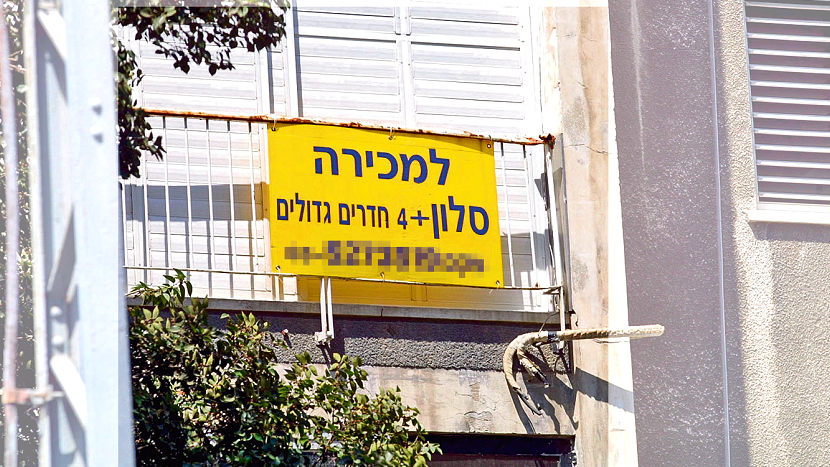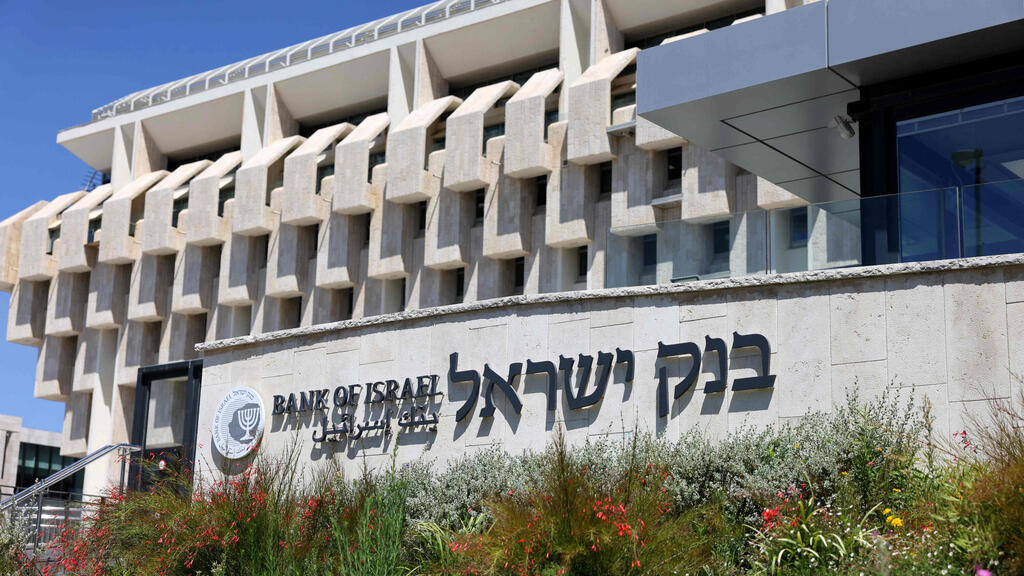The Israeli real estate market experienced another alarming decline in April 2023 with only 4,000 transactions recorded that month, marking a 50% drop year-on-year, according to data published by the Finance Ministry on Sunday.
The festival of Passover, a time during which many Israelis are on vacation, took place in April this year, potentially impacting the overall transaction volume for the entire month. However, this was also the case in April 2022, which does not fully account for the significant decline observed within a year.
The Finance Ministry noted that apart from April 2020, which was impacted by the first COVID-19 lockdown and saw only 2,126 transactions, the current figures represent the lowest number of transactions since the early 2000s. Additionally, April also saw a 41% decline compared to the previous month.
This represents a continued decline in real estate transactions for residential properties over the past year, which can be attributed primarily to the rising interest rates that started to increase in April of last year. The trend has been observed across all market sectors, including mortgage uptake.
Meanwhile, the Bank of Israel released on Sunday mortgage data for May, which showed a total mortgage uptake of NIS 6.517 billion, representing a 46% year-on-year from NIS 11.978 billion. April's 4.612 billion NIS is the lowest figure recorded since October 2019.
Investor activity also mirrors the substantial decline in transaction volume, with only 564 apartments purchased by individuals who own more than one property in April. This represents a decrease of about 60% compared to the previous year.
According to the Finance Ministry, only 1,488 new homes (including those under government programs) were sold in April 2023, marking a 53% drop year-on-year.
The report also states that the decline in new home sales is not particular to a specific region, but rather evident throughout the entire country, both in the center and in the periphery, as opposed to the beginning of the year when the declines were concentrated in the densely populated central region.




